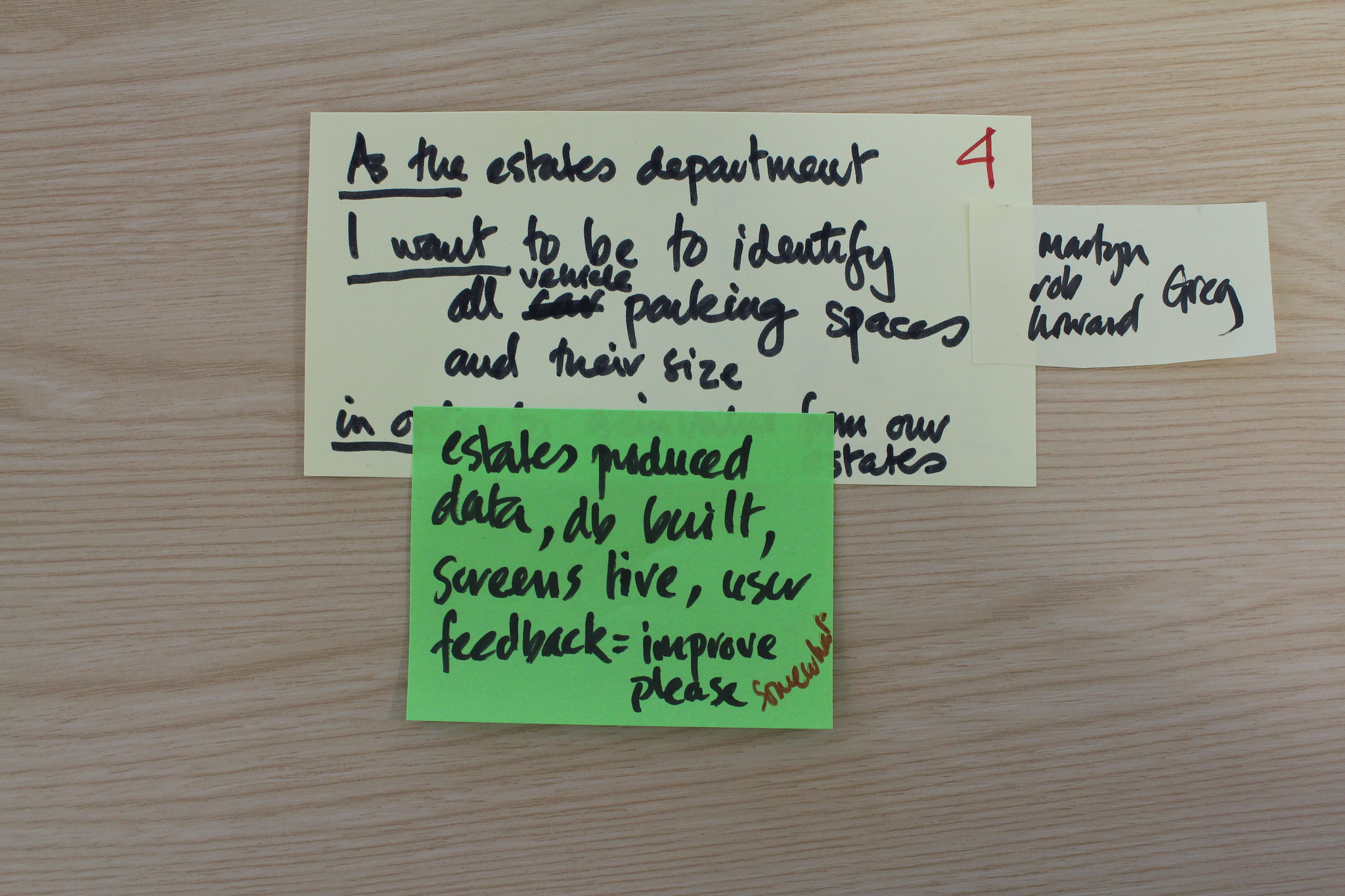User Stories in Agile Methodologies
User stories emerged in Extreme Programming (XP) as a response to the limitations of traditional functional specifications. They allow effective communication of software requirements between clients and development teams by replacing cumbersome documentation with concise, collaborative, and dynamic descriptions of what the software should achieve.
What is a User Story?
User stories are a technique for specifying software requirements concisely, typically written on a card where the client describes the desired characteristics of the system. These can include both functional and non-functional requirements. A user story is dynamic, flexible, and understandable, ensuring programmers can implement it in a few weeks.
User stories align with the fundamental principles of agile methodologies and are used to:
- Increase team participation in decision-making.
- Facilitate collaboration and effective communication.
- Provide specific and brief information.
Evolve dynamically throughout the project lifecycle.
- A user story often consists of just enough detail to kick off conversations between the client and development team, ensuring shared understanding.
- It focuses on collaboration rather than a rigid, top-down documentation process.
User Stories and Agile Communication
The Three Cs of a User Story
User stories are characterized by three fundamental components, often referred to as the Three Cs: Card, Conversation, and Confirmation.
1. Card
The Card represents the written description of the story. It is used as a planning tool to identify and remember user needs.
- Cards capture the essence of what needs to be done, serving as placeholders for a more in-depth conversation.
- The simplicity of a card makes it possible for the team to focus on actionable elements, rather than getting bogged down in excessive details.
2. Conversation
The Conversation is the dialogue that surrounds the story. It is the core of the story, involving discussions, notes, and prototypes.
- Conversations between stakeholders, users, and the development team ensure everyone understands the requirements.
- Ongoing discussions are crucial to refining the scope, preventing misunderstandings, and ensuring alignment.
3. Confirmation
Confirmation is the acceptance criterion used to validate the completion of the story.
- The acceptance criteria clarify when a story is complete and functioning as expected, aligning development efforts with customer expectations.
- Test cases and user acceptance tests are common forms of confirmation that ensure quality.
The INVEST Model for User Stories
The INVEST model, created by Bill Wake, defines six characteristics that make a user story effective:
- Independent: Stories must be self-contained, avoiding dependencies to ensure they can be implemented in any order.
- Negotiable: They must be flexible, allowing changes throughout the project.
- Valuable: Stories must deliver value to the customer or user.
- Estimable: The effort required for a user story must be estimable to ensure proper planning.
- Small: User stories should be concise and not too large; they should fit into an iteration cycle of one or two weeks.
- Testable: The story should have clear acceptance criteria to validate its implementation.
Practical Example of INVEST
- An example of an independent story might involve implementing a specific button function, which does not rely on other features to be completed.
- To ensure stories are testable, criteria should be defined clearly, such as “the button must redirect to the home page when clicked”.
Story Mapping and User Roles
Story Mapping is a technique that involves discussions with end clients to discover, group, and prioritize stories. It was proposed by Jeff Patton to help teams visualize the workflow of the system.
Story Map Components
- Themes: These are global features that encompass large requirements or projects.
- Epics: Larger user stories that are more concrete than themes but still broad.
- User Stories: Simple tasks that provide value and are executable within short periods.
- Tasks: Technical requirements or tasks derived from stories for further decomposition.
Role Identification
User roles help define who will interact with the system and what their goals are. The following steps can be taken to identify roles:
- Conduct brainstorming sessions with stakeholders to generate a list of roles.
- Categorize, refine, and consolidate these roles to ensure no overlap.
User stories are an essential part of agile methodologies, emphasizing collaboration, flexibility, and clarity. The use of the Three Cs, the INVEST model, and techniques like story mapping provides a clear framework for effective communication between development teams and clients. By focusing on these aspects, agile projects ensure that software development remains adaptable, customer-focused, and efficient.
For a deeper understanding, explore the references provided throughout this post and consider how you can integrate these principles into your next agile project.
